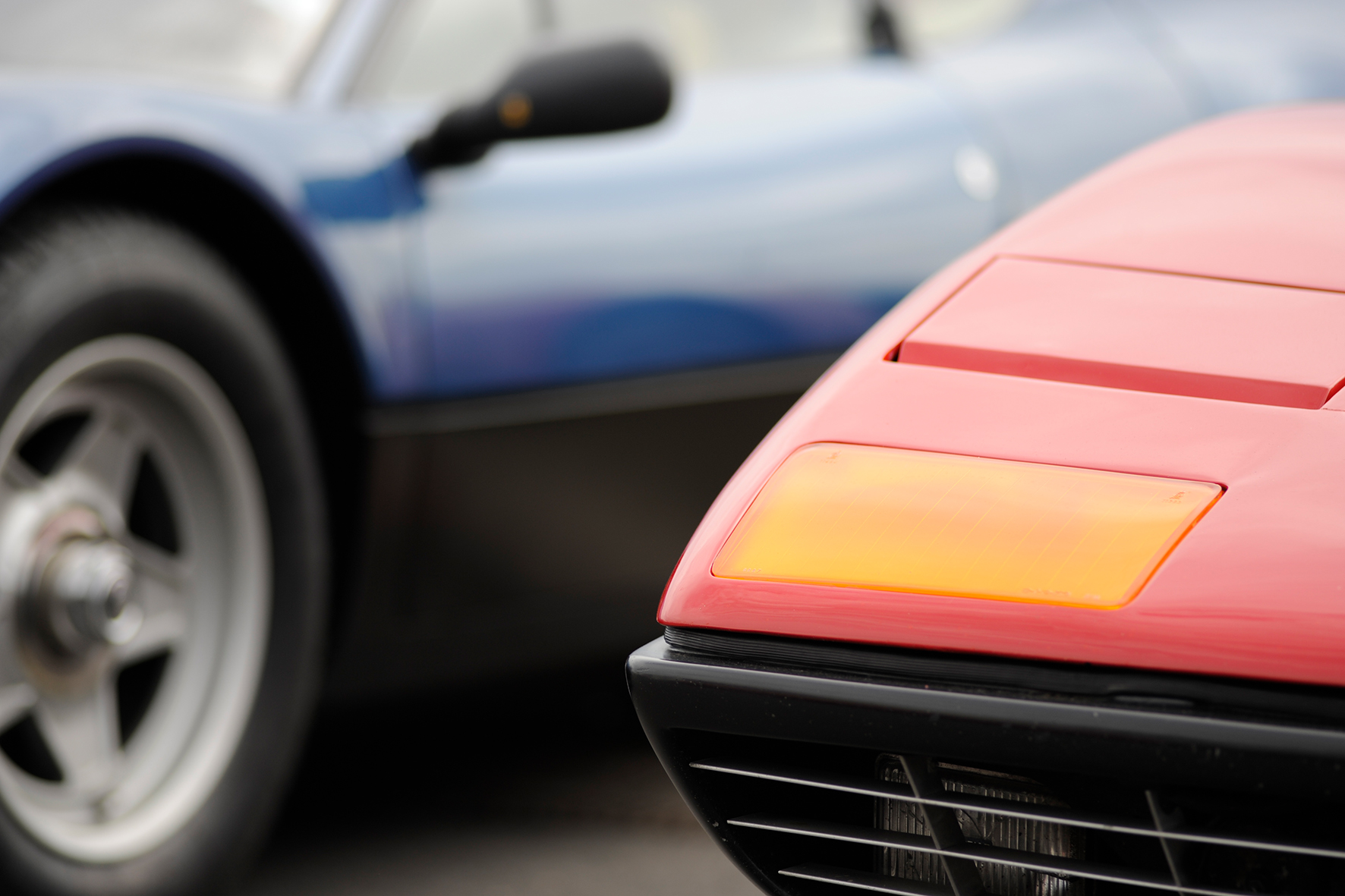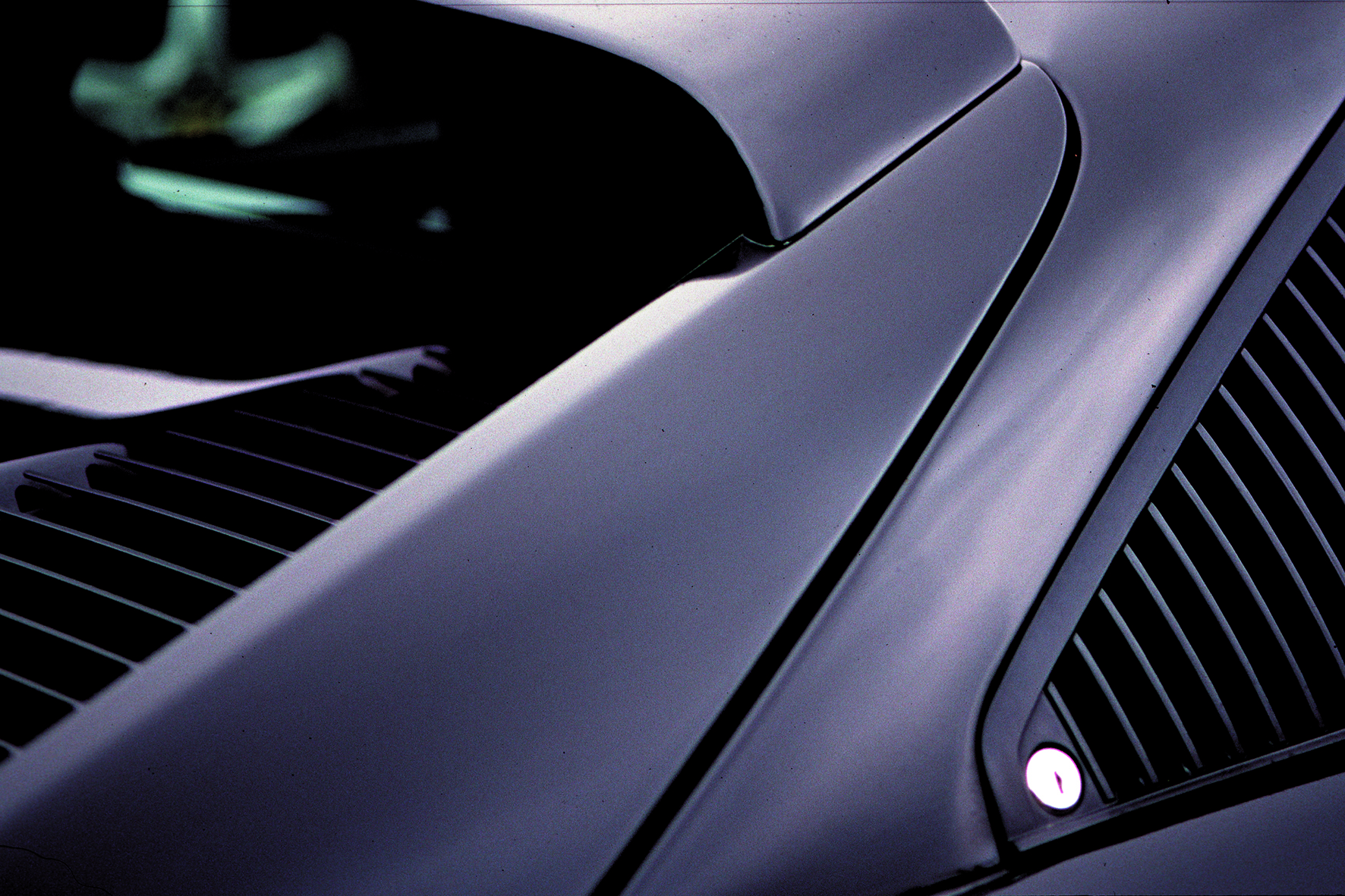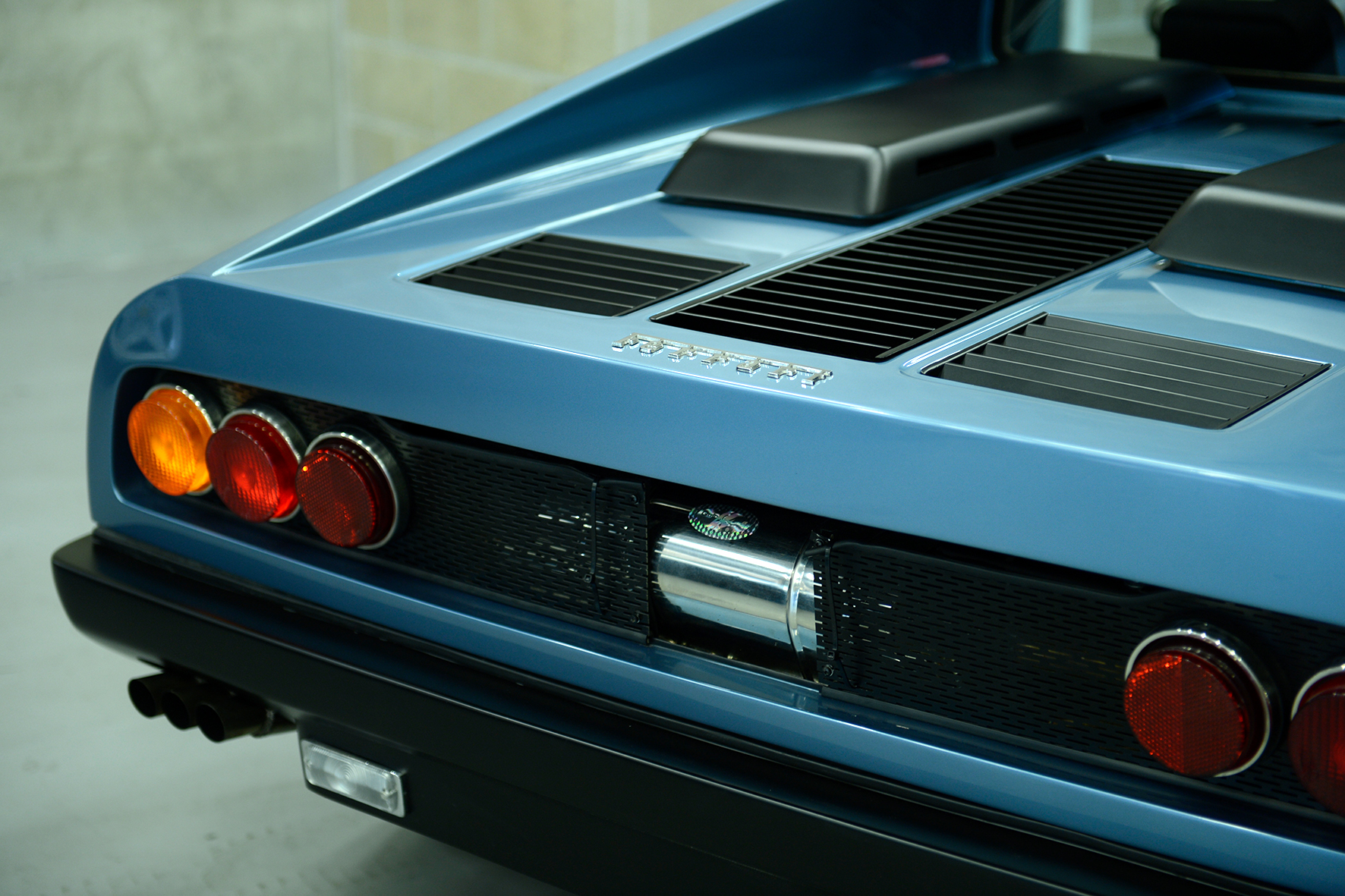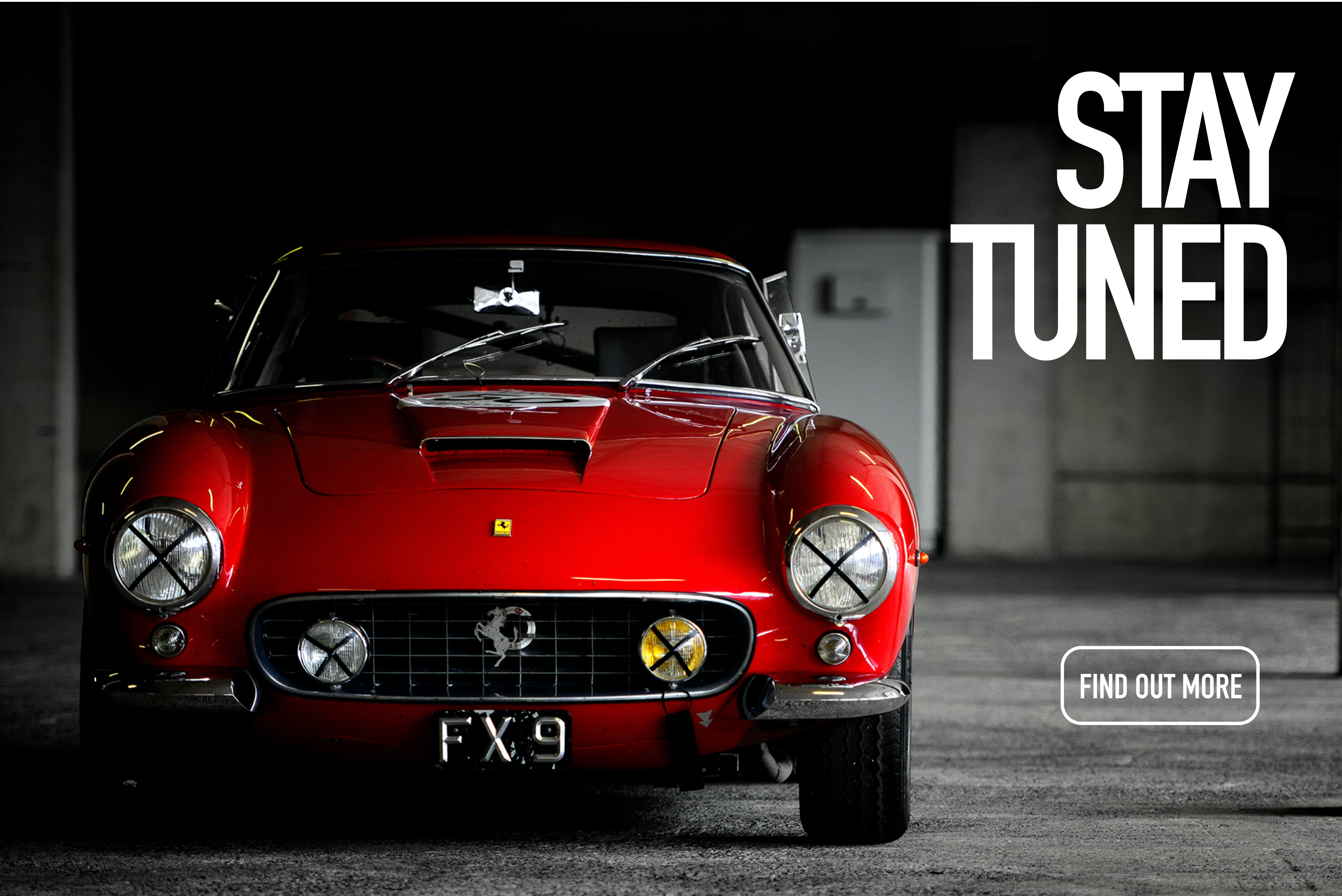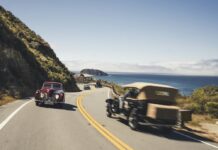The Ferrari BB 512 was presented at the Autosalon in Paris in 1976 as a sports-car for public roads. It was the successor of the 365 GT/4 BB. With the born of the 512, Ferrari changed its type designation method. With the earlier car, the designation indicated the displacement in cubic centimeters of an individual cylinder. Ferrari now went to its contemporary racing car method where the first of three digits indicated the total engine capacity to the nearest liter and the next two digits indicated the number of cylinders. Hence the designation BB 512 – a five-liter, 12-cylinder engine.
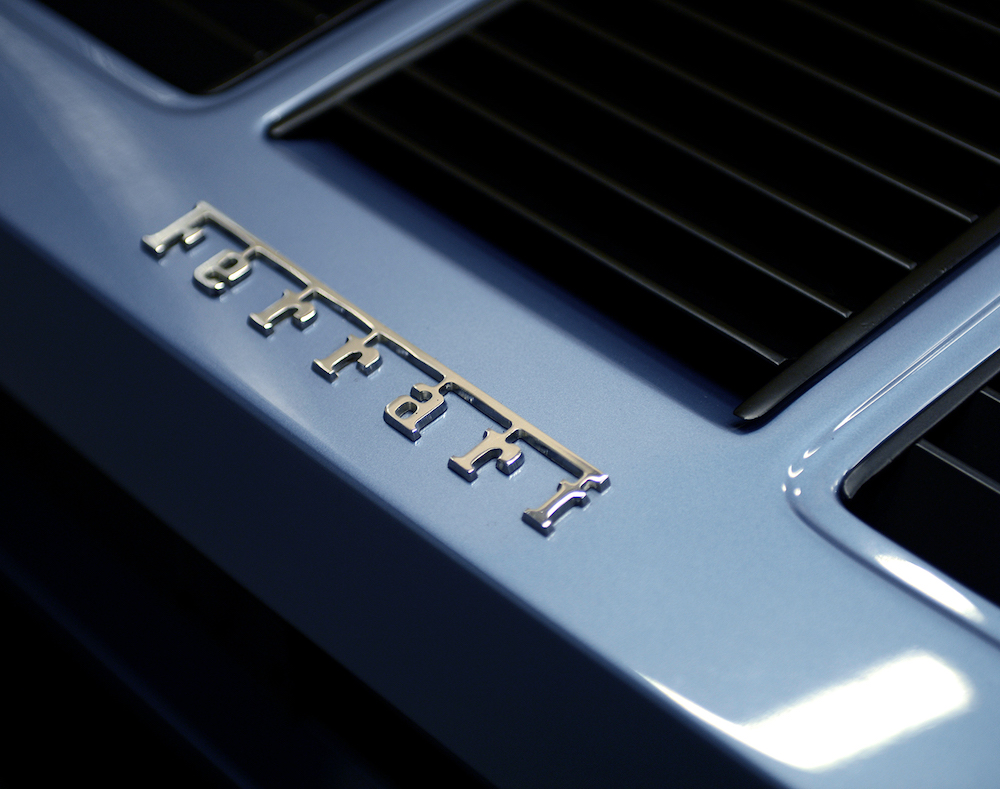
The outside shape and the inside features were very similar to the 365 GT/4 BB, the main difference was the engine which was built up to 5-liters. Outside design was slightly adjusted with the nose and the back of the car. The lower nose has an integrated spoiler now, at the back the triple lights were replaced by two round double lights and the triple exhaust pipes were replaced by only two double ends. At the side of the car in front of the rear wheel were NACA ducts introduced. The rear track was a bit wider from 1520 mm to 1563 mm. The car looked more aggressive and a bit more like a race car.

Contemporary competitors of the Ferrari 512 BB were the Aston Martin V8 Vantage, the BMW M1, the De Tomaso Pantera GTS, the Lamborghini Countach and last but not least the Porsche 911 Turbo 3.3. But the Ferrari clearly had the most straight and elegant design of these cars. Italian luxury, sporty, fast, aggressive but very stylish and elegant.
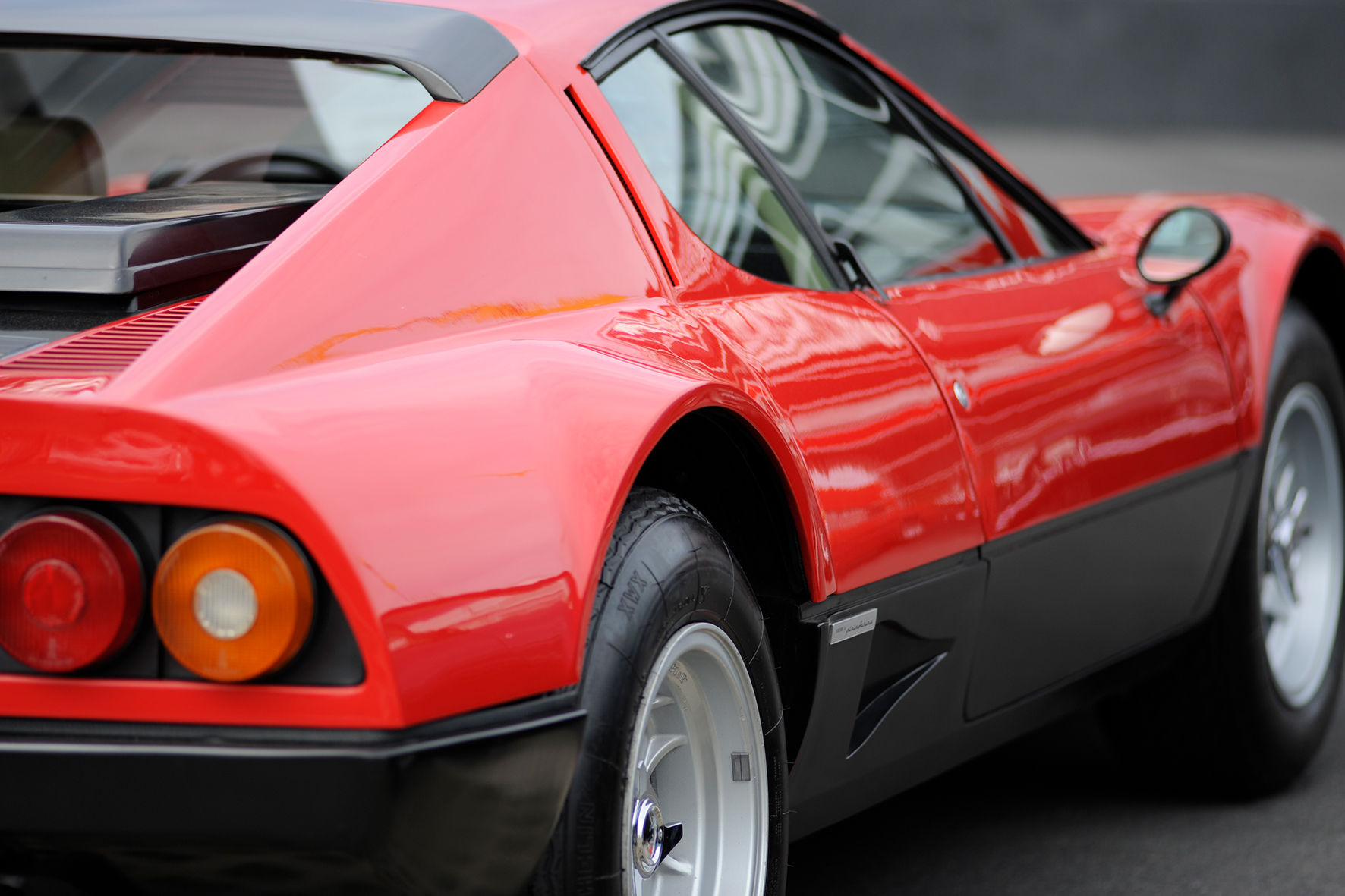
The 1970’s wasn’t the best decade for the automobile industry. As the so-called ‚developed nations‘ became more ecology conscious, the automobile was picked out as the main offenders and destroyers of the world as we know it. The fuel crisis of the early 1970’s also made the automobile a prime target of the legislators. The main problem facing Ferrari and the other manufactures, was how to make engines more efficient and cleaner.
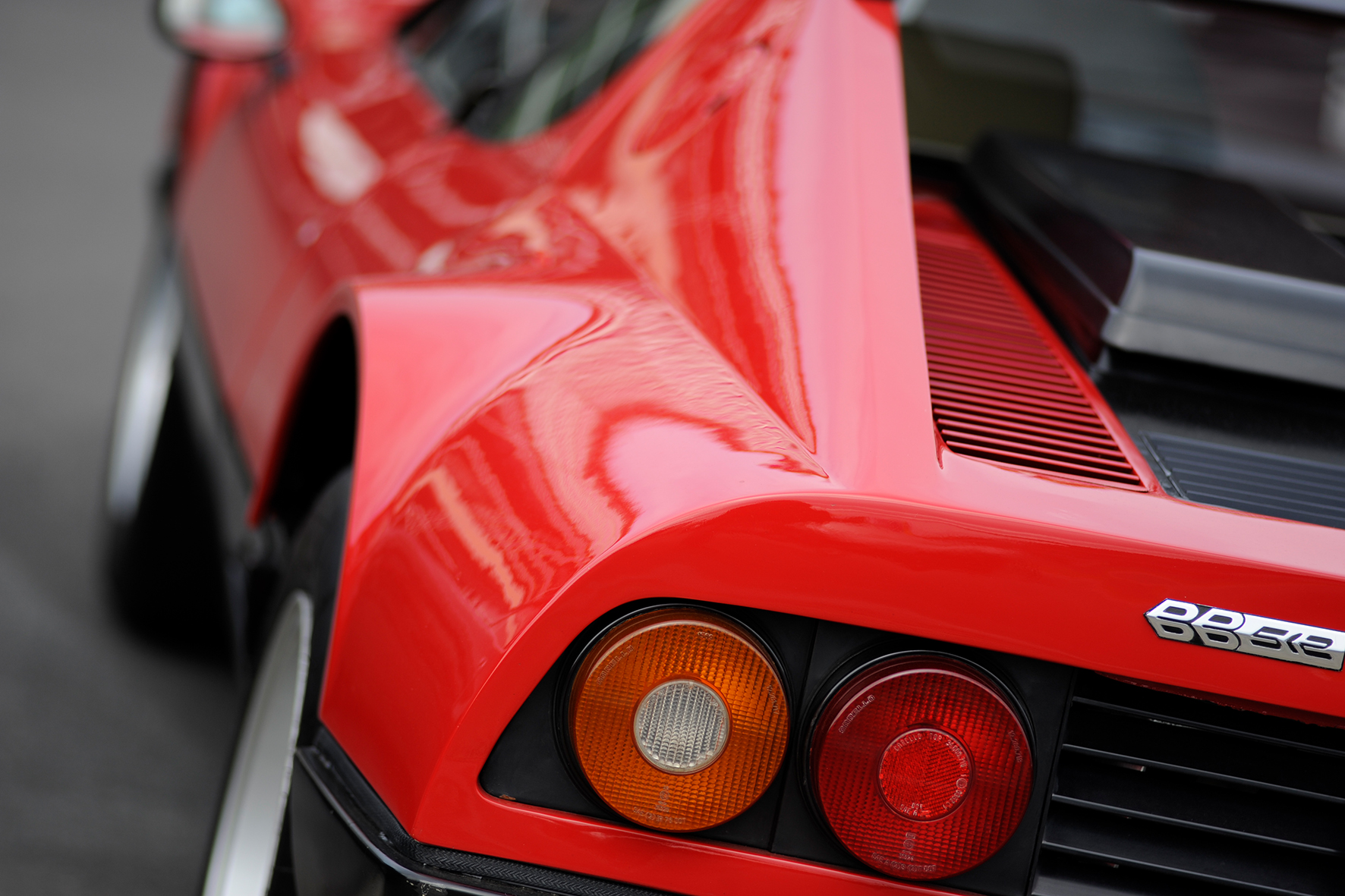
But nevertheless all of the competitors wanted to show that their car as the ultimate sports car, and of course it should be the fastest car on public roads, but the thoughts about the environment were growing bigger and bigger and more important even for the customers. At this time it was a revolutionary thinking in selling cars.
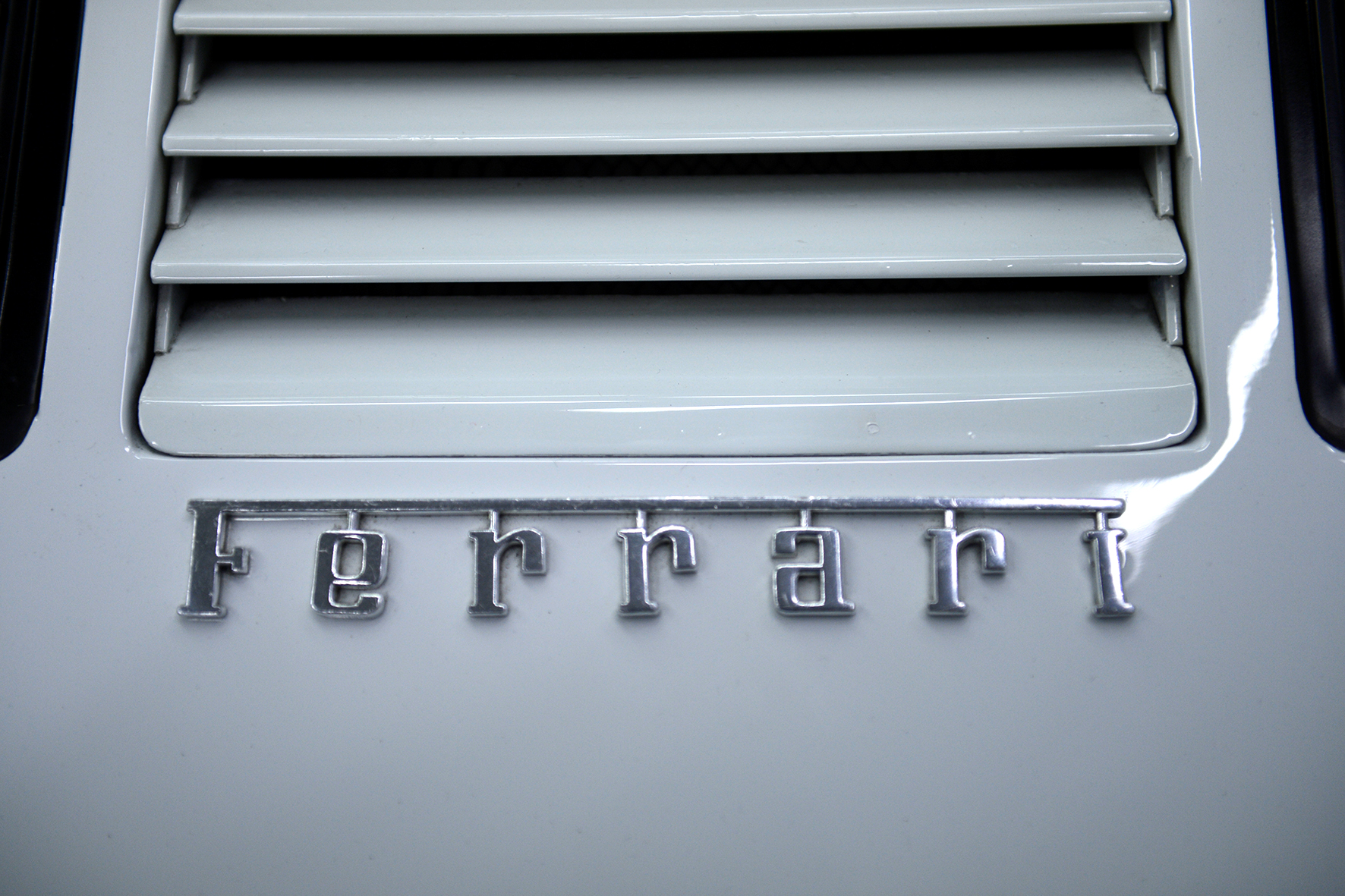
But any new Ferrari is warmly welcomed by the world’s press and of course by public. The name Ferrari stands for its own and is enough to inspire the writers to dig out the thesaurus and look for those obscure adjectives. However the road testing is always showing the truth. In one of the first road tests the Ferrari 512 BB was called an „unjustfiable and illogical extravagance“. Why was it illogical? How can you justify the ownership of a car that will cary only two people and not much luggage at high speed? But at the end John Bolster from „Autosport“ magazine was fascinated by the Ferrari as everyone. He wrote : Soon I was driving happily away in what is probably the fastest practical road-going car in the world. By ‚pratical‘ I mean that it will crawl in traffic all day without the suspicion of a misfire or the slightest rise of temperature.“
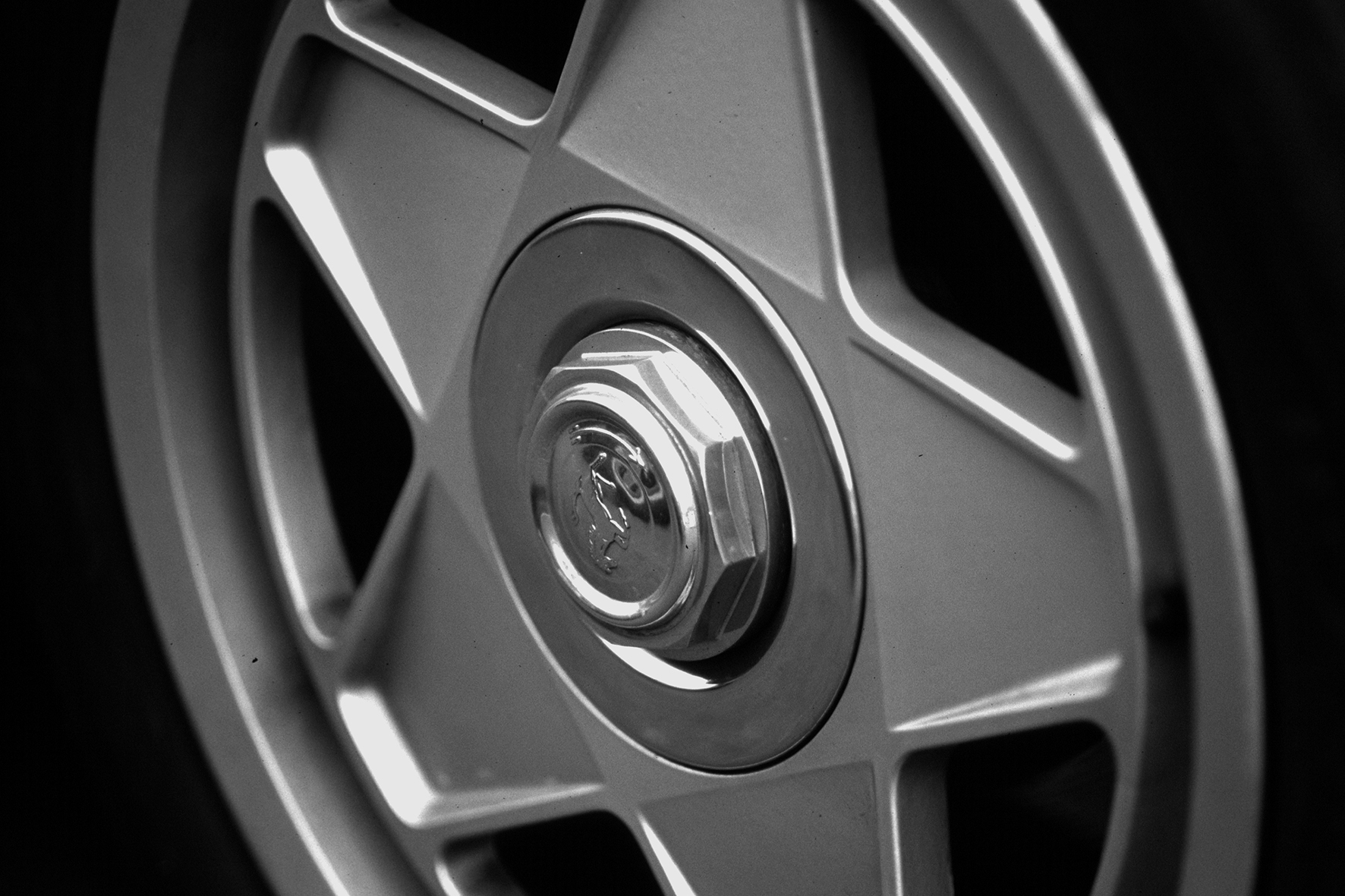
The type 512 BB was replaced by the 512 BBi in 1981. The new Ferrari was presented with the words: „ The Ferrari 512 BBi, the flagship of the Ferrari range, now has fuel injection giving it quieter and smoother performance“. Also a slightly ecological argument for buying the new Ferrari 512 BBi. As I said before the 1970’s and also the 1980’s were difficult years for the automobile industry and their managers had to use a lot of creativity in building and promoting new and faster super sports cars. Find out more about our photographer Ralph Lüker.
TECHNICAL SPECIFICATION: Ferrari BB 512
MODEL 512 BB
TYPE two seater, Berlinetta
YEAR OF PRODUCTION 1976 – 1981
ENGINE V12 180˚ backwards longitudinal
BORE AND STROKE 81 mm x 71 mm
CUBIC CAPACITY CYL. / TOTAL 411,92 cc / 4943,04 cc
VALVE TRAIN DOHC, 2 Valve per cylinder
FUEL FEED 4 Weber carburetors 40 IF3C
LUBICATION Dry sump
TRANSMISSION five-speed + reverse manual
HORSEPOWER 360 bhp at 6800 rpm
MAXIMUM RPM 7700 rpm
CHASSIS tubular steel
BRAKES discs all around
SUSPENSION FRONT double wishbones, coil springs over dampers, anti-roll bar
SUSPENSION REAR double wishbones, coil springs over dampers, anti-roll bar
WHEELBASE 2500 mm
LENGTH 4400 mm
WIDTH 1830 mm
HEIGHT 1120 mm
TRACK FRONT / REAR 1500 mm / 1563 mm
WEIGHT WITHOUT FUEL 1400 kg
TYRES FRONT / REAR 215/70 VR 15 / 225/70 VR15
FUEL CAPACITY 120 liters
MAXIMUM SPEED 302 km/h
0 – 400 METERS 13,7 seconds
0 – 1000 METERS 24,0 seconds

